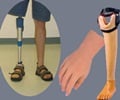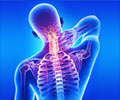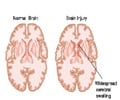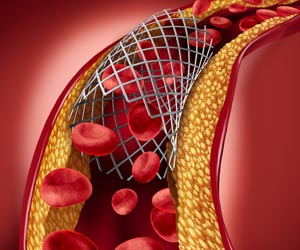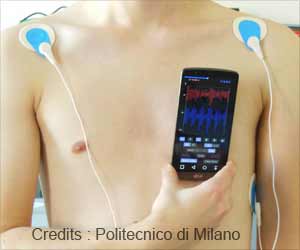A double-amputee, with arms missing at shoulder level, received two prostheses.
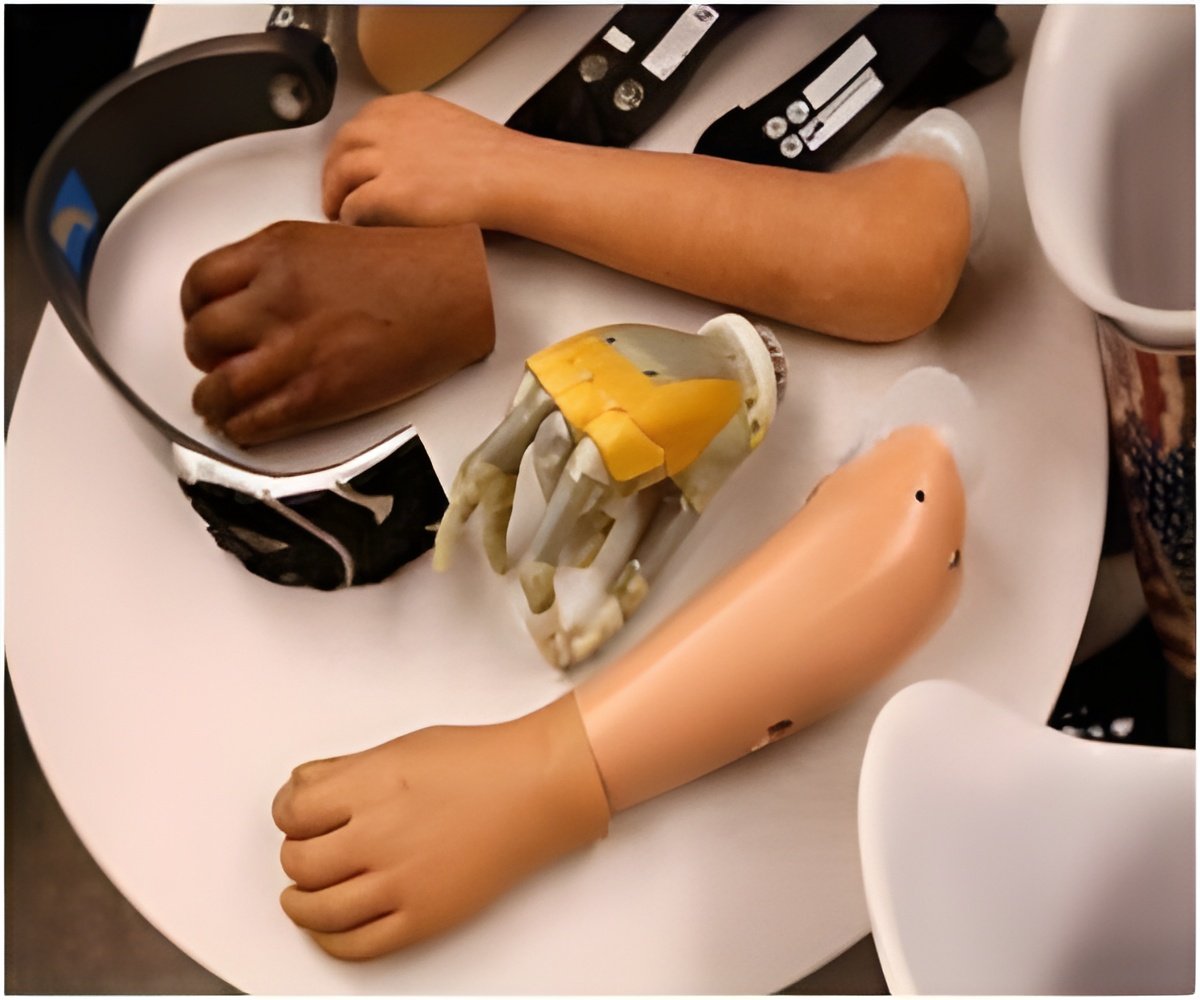
in a similar case of fixing a prostheses, Ortiz Catalan, biomedical engineer at Chalmers University of Technology, Sweden said, “The idea of using the biological control system that is nerves and muscle to control a prosthetic device has been around for a long time.”
Even if you lose a limb, he explains, the nerves are still there and could receive signals. But this is “the first successful implementation of neurocontrol using implanted electrodes”, he said.
The system installed at the Johns Hopkins University Applied Physics Laboratory relies on surgically connecting electrodes to existing nerves that used to lead to the different part of the arm and hand. These are then connected to a computer that interprets the signals into motion control commands for the prosthetic arms.
The amputee still requires to select which components of the arm he’d like to manipulate, but the motion thereafter is supposedly quite natural.
The prostheses are not for taking home quite yet, but are currently still in the development stage, yet we’re clearly close to the age when losing an arm isn’t such a harrowing diagnosis.
Advertisement

